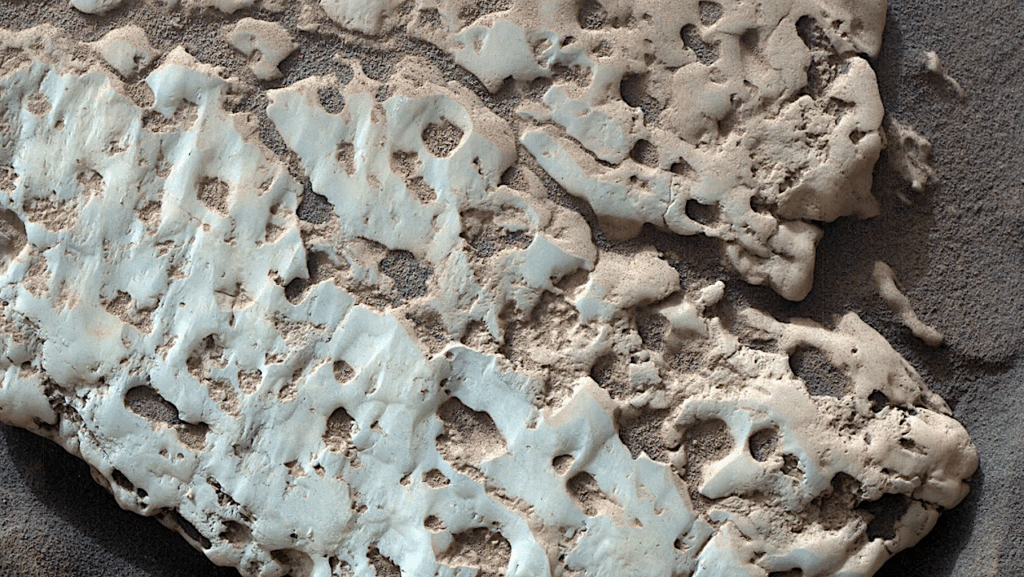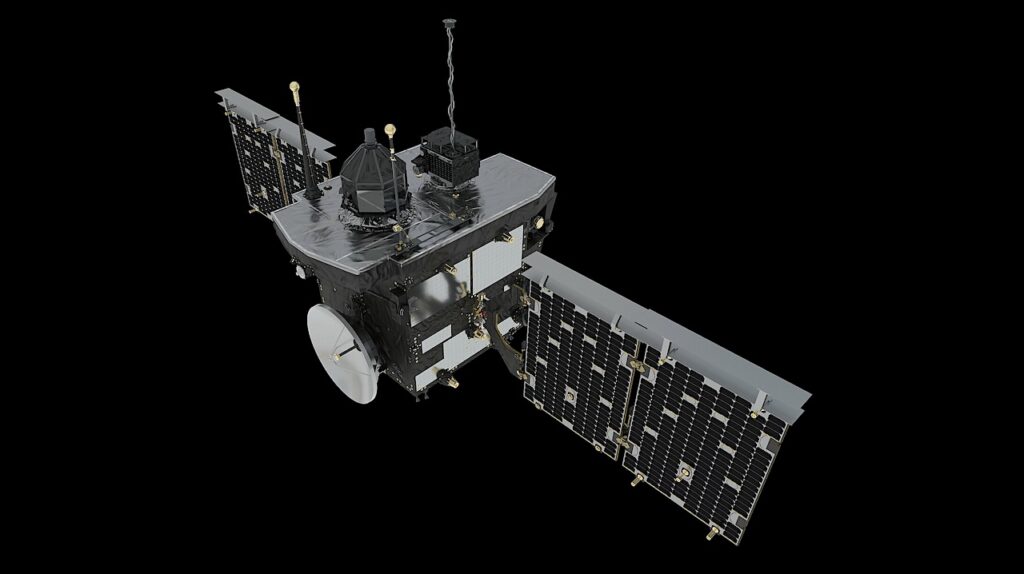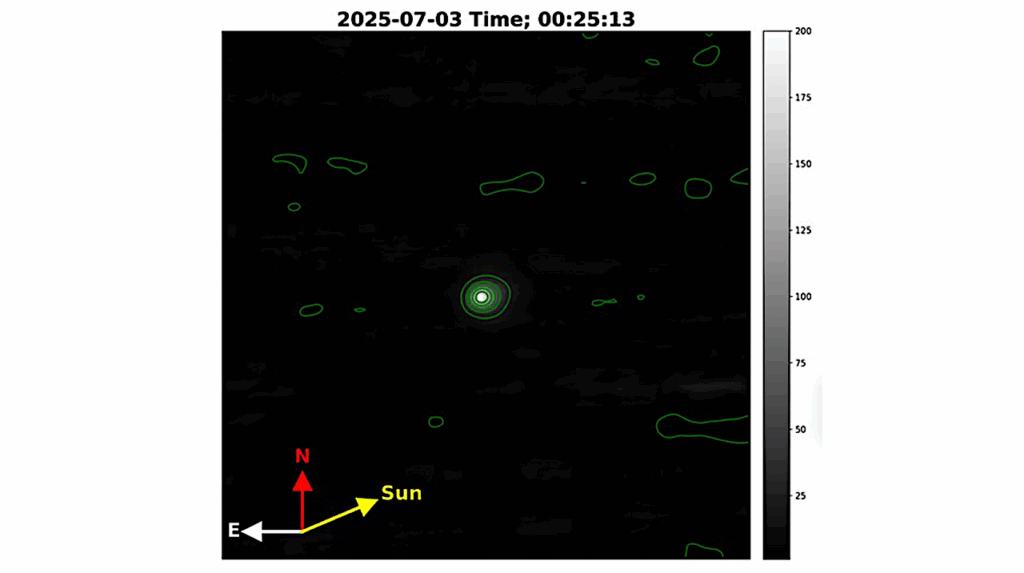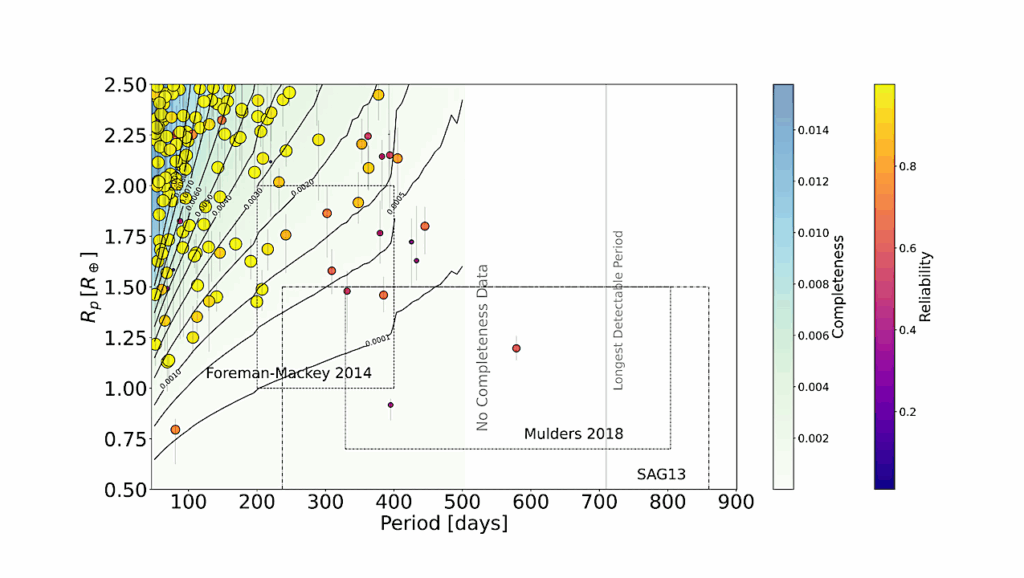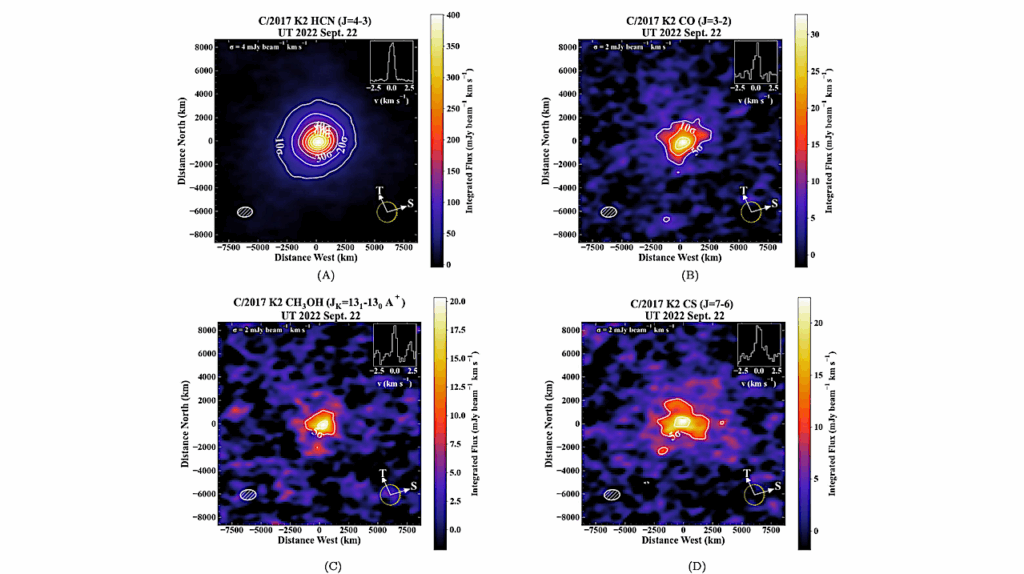Plate Tectonics In The Archean: Observation Versus Interpretation
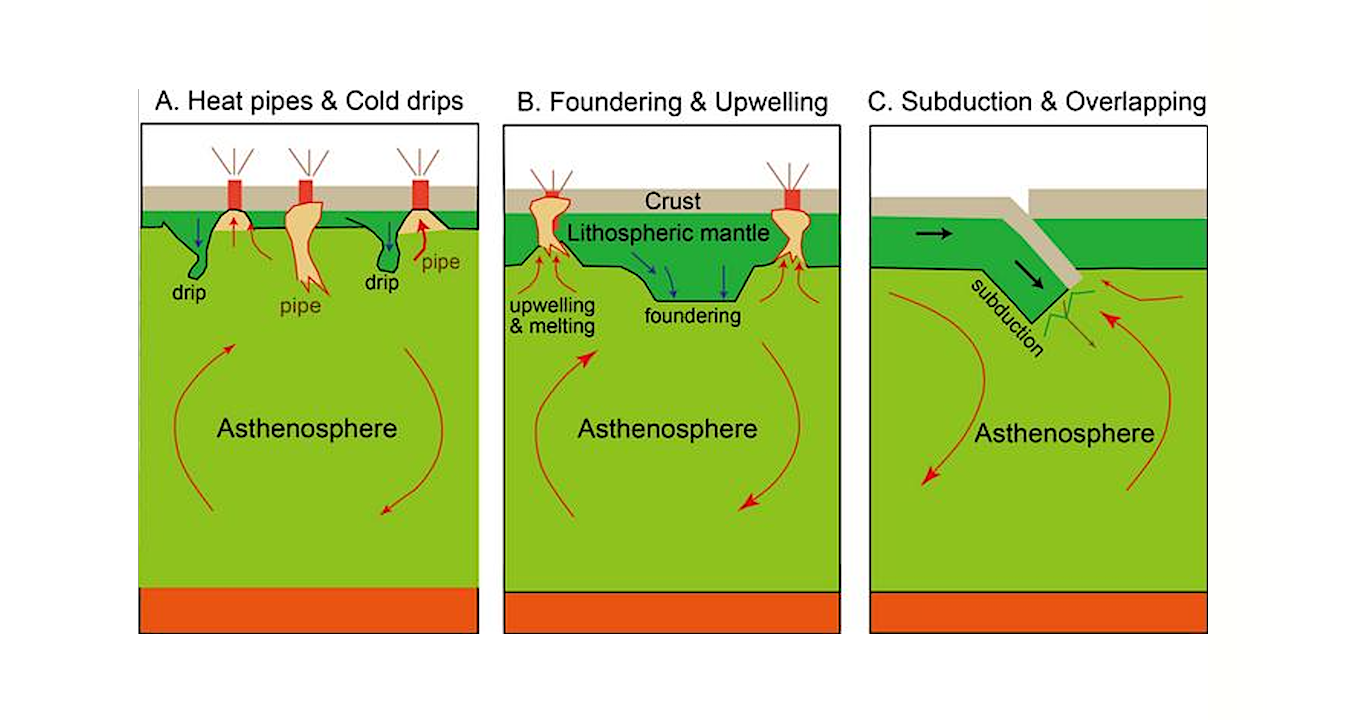
The plate tectonics theory established in the 20th century has been successful in interpreting many geological phenomena, processes and events that have occurred in the Phanerozoic. However, the theory has often struggled to provide a coherent framework in interpreting geological records not only in the continental interior but also in the Precambrian period.
In the traditional plate tectonics theory dealing with the relationship between plate tectonics and continental geology, continental interior tectonics was often separated from continental margin tectonics in the inheritance and development of their structure and composition. This separation led to the illusion as if the plate tectonics theory is not applicable to Precambrian geology, particularly in interpreting the fundamental geological characteristics of Archean cratons.
This integrated study is presented by Prof. Yong-Fei Zheng at University of Science and Technology of China. It focuses on available observations from Archean geology and inspects their interpretations against the following three characteristic features in the Archean Earth: (1) convective mantle temperatures were as high as 1500-1700°C, (2) newly formed basaltic oceanic crust was as thick as 30-40 km, and (3) the asthenosphere had a composition similar to the primitive mantle rather than the depleted mantle at present. On this basis, the author has successfully applied the plate tectonics theory in the 21st century to interpretation of major geological phenomena on Archean cratons (Fig. 1). The results eliminate the illusion that the Archean continental crust did not originate from a regime of plate tectonics.
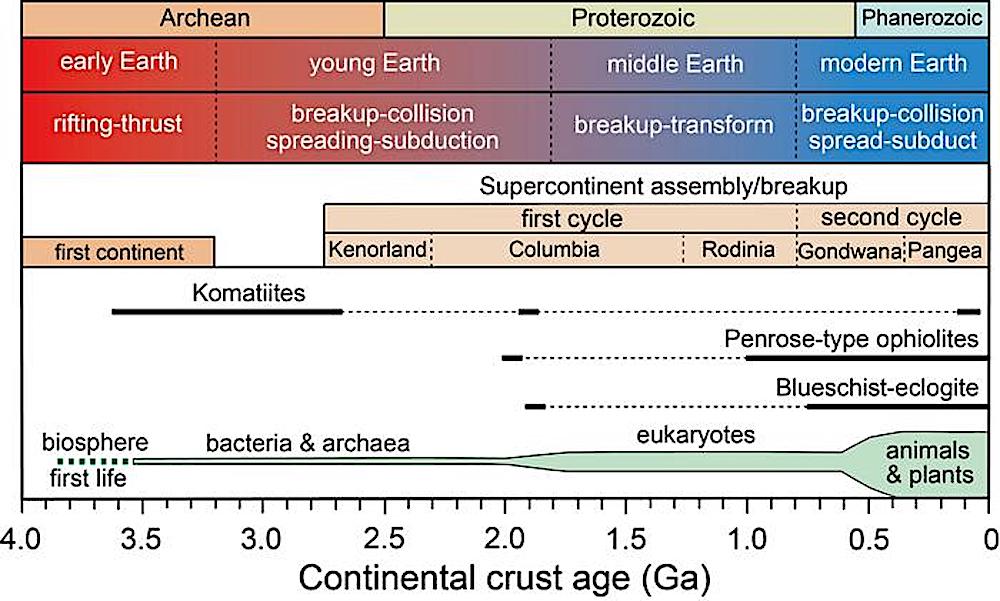
Ancient plate tectonics in the Archean period differs from modern plate tectonics in the Phanerozoic period because of the higher mantle temperatures inside the early Earth, the thicker basaltic crust, and the non-depletion of melt-mobile incompatible trace elements in the mantle. CREDIT ©Science China Press
Through upgrading the plate tectonics theory from the traditional kinematic model in the 20th century to a holistic kinematic-dynamic model in the 21st century and systematically examining the vertical transport of matter and energy at plate margins, it is evident that plate tectonics can interpret the common geological characteristics of Archean cratons, such as lithological associations, structural patterns and metamorphic evolution. By deciphering the structure and composition of convergent plate margins as well as their dynamics, the formation and evolution of continental crust since the Archean can be divided into ancient plate tectonics in the Precambrian and modern plate tectonics in the Phanerozoic.
This approach provides a new perspective on and deep insights into the evolution of early Earth and the origin of continental crust. It leads to the development of alternative tectonic models, envisaging vertical movements in the realm of stagnant lid tectonics, including not only bottom-up processes such as mantle plumes and heat pipes but also top-down processes such as lithospheric foundering and subduction (Fig. 2). In fact, these vertical processes were not unique to the Archean but persisted into the Phanerozoic. They result from mantle poloidal convection at different depths, not specific to any particular period in Earth’s history.
Furthermore, Archean tonalite-trondhjemite-granodiorite (TTG) rocks would result from partial melting of the over-thick basaltic oceanic crust at convergent plate margins. The structural patterns of gneissic domes and greenstone keels would result from the buoyancy-driven emplacement of TTG magmas and its interaction with the basaltic crust at fossil convergent margins, and komatiites in greenstone belts would be the product of mantle plume activity in the regime of ancient plate tectonics. The widespread distribution of high-grade metamorphic rocks in a planar fashion, rather than in zones, is ascrible to separation of the gneissic domes from the greenstone belts.
In addition, volcanic associations in the Archean are short of calc-alkaline andesites, suggests the shortage of sediment accretionary wedges derived from weathering of granitic continental crust above oceanic subduction zones. Penrose-type ophiolites are absent in Archean igneous associations, which can be ascribed to the formation of basalt accretionary wedges during the subduction initiation of microplates when only the upper volcanic rocks of mid-ocean ridges were offscrapped from the incipiently subducting slab. The absence of blueschist and eclogite as well as classic paired metamorphic belts suggests that convergent plate margins were over-thickened through either warm subduction or hard collision of the thick oceanic crust at moderate geothermal gradients. Therefore, only by correctly recognizing and understanding the nature of Archean cartons can plate tectonics reasonably interpret their fundamental geological characteristics.
As soon as the upgraded version of plate tectonic theory in the 21st century is integrated with the three characteristic features of Archean Earth, it can make a revolutionary progress in resolving the previous challenges to interpretations of the Archean continental geology. Therefore, this article provide robust arguments for deciphering of the inheritance and development relationships between ancient and modern plate tectonics regimes. The results not only contribute to the origin and evolution of continental crust on early Earth but also shed light on the geodynamic mechanism of how early Earth evolved from stagnant lid tectonics to mobile lid tectonics.
Plate tectonics in the Archean: Observations versus interpretations. Science China Earth Sciences, 67(1): 1-30
Astrobiology, Astrogeology, habitability,


